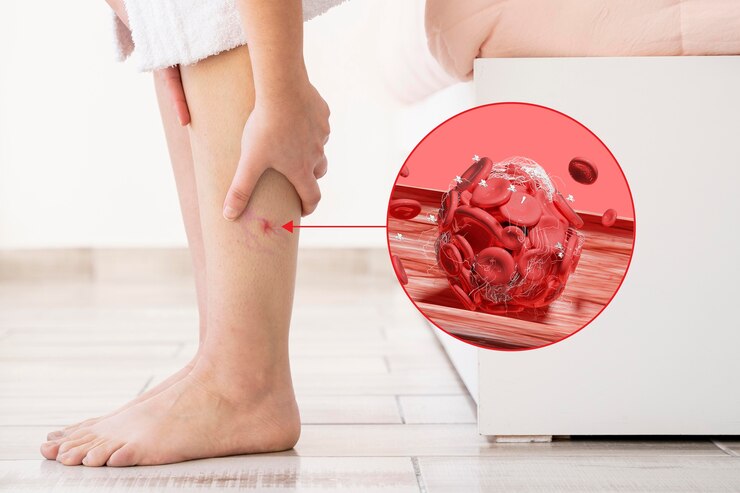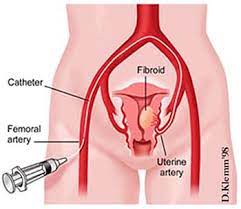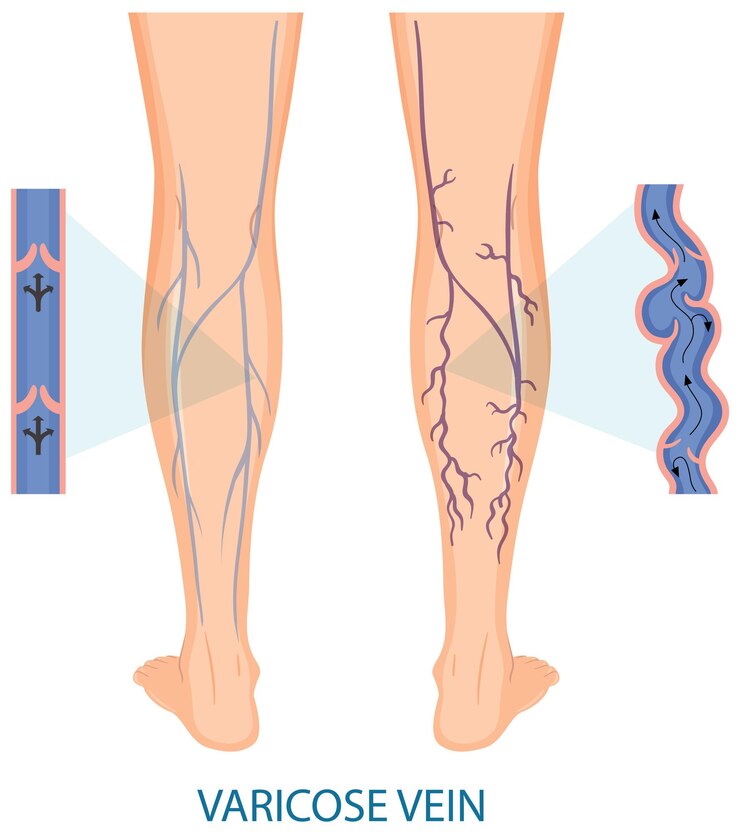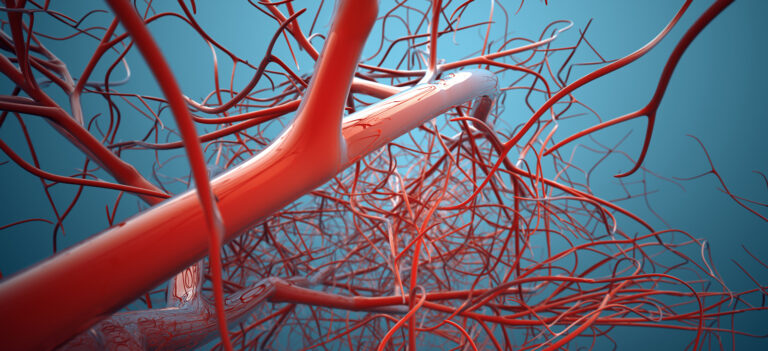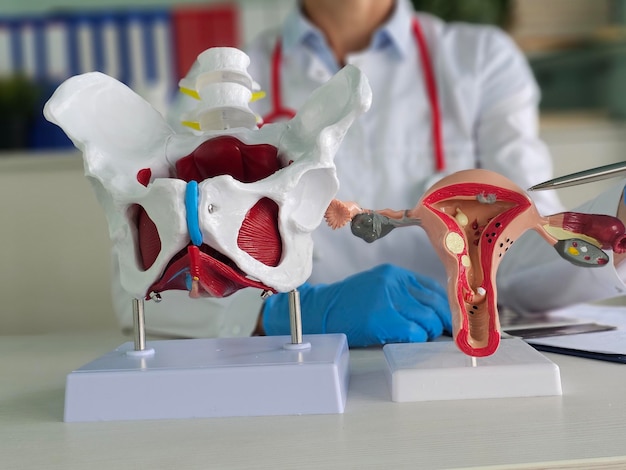Advances In Leg Ulcer Research: Novel Treatments And Emerging Technologies
Leg ulcers are a prevalent and often debilitating condition characterized by open sores or wounds on the lower extremities. These ulcers can result from various underlying conditions, such as venous insufficiency, arterial disease, or neuropathy. While conventional treatments like compression therapy and wound care have been effective for many patients, ongoing research and technological advancements are paving the way for innovative approaches to leg ulcer management. In this article, we explore the latest developments in leg ulcer research, including novel treatments and emerging technologies that offer hope for improved outcomes and quality of life for patients.
Understanding Leg Ulcers
Before delving into advancements in research, it’s essential to understand the underlying causes and characteristics of leg ulcers. Venous leg ulcers, the most common type, typically result from chronic venous insufficiency, leading to impaired circulation and tissue damage. Arterial ulcers occur due to poor blood flow resulting from peripheral arterial disease, while neuropathic ulcers are associated with nerve damage and sensory loss. These ulcers can be painful, slow to heal, and prone to complications such as infection and recurrence.
Novel Treatments
Recent years have seen significant progress in developing novel treatments for leg ulcers, offering alternatives to traditional therapies and improving patient outcomes. One promising approach is the use of bioengineered skin substitutes, which are designed to mimic the structure and function of natural skin. These substitutes provide a scaffold for cell growth and promote tissue regeneration, accelerating the healing process in chronic wounds. Clinical studies have shown favorable results with bioengineered skin substitutes in promoting wound closure and reducing healing time in patients with recalcitrant leg ulcers.
Another innovative treatment modality is the application of growth factors and cytokines to stimulate tissue repair and angiogenesis (the formation of new blood vessels). Growth factors such as platelet-derived growth factor (PDGF) and vascular endothelial growth factor (VEGF) have shown promise in promoting wound healing and improving outcomes in patients with chronic leg ulcers. These biologic agents can be delivered topically or via injections, targeting specific pathways involved in the healing cascade.
Emerging Technologies
Advancements in technology are revolutionizing the management of leg ulcers, offering new tools and approaches to enhance wound assessment, monitoring, and treatment delivery. One such technology is the use of handheld imaging devices, such as multispectral cameras and fluorescence imaging systems, to visualize wound bed characteristics and assess tissue perfusion. These non-invasive imaging modalities provide valuable insights into wound healing dynamics, allowing clinicians to tailor treatment strategies based on individual patient needs.
Additionally, digital health platforms and telemedicine solutions are facilitating remote monitoring and management of leg ulcers, particularly in underserved or rural areas. Patients can use smartphone apps or wearable sensors to capture images of their wounds and transmit data to healthcare providers for real-time assessment and feedback. Telemedicine consultations enable timely intervention and ongoing support, improving access to specialized wound care services and reducing the need for frequent clinic visits.
Furthermore, 3D printing technology holds promise for personalized wound care solutions, allowing for the fabrication of custom-designed dressings, scaffolds, and medical devices tailored to individual patient anatomy and wound characteristics. These patient-specific interventions optimize wound coverage, support tissue regeneration, and enhance patient comfort and compliance.
Clinical Trials and Research Initiatives
Clinical trials play a critical role in evaluating the safety and efficacy of novel treatments and technologies for leg ulcers. Researchers are conducting studies to assess the effectiveness of stem cell therapy, gene therapy, and regenerative medicine approaches in promoting wound healing and tissue regeneration. Additionally, comparative effectiveness research aims to identify the most cost-effective and evidence-based interventions for managing leg ulcers across diverse patient populations.
Collaborative research initiatives bring together multidisciplinary teams of clinicians, scientists, engineers, and industry partners to tackle the complex challenges associated with leg ulcer management. By fostering innovation and knowledge sharing, these initiatives drive advancements in wound care science and translate research findings into clinical practice.
Conclusion
Advancements in leg ulcer research are transforming the landscape of wound care, offering new hope and possibilities for patients with chronic ulcers. From novel treatments like bioengineered skin substitutes and growth factor therapy to emerging technologies such as handheld imaging devices and telemedicine solutions, there are now more options than ever for optimizing wound healing and improving patient outcomes. As research continues to evolve and technology advances, the future holds promise for more effective, personalized, and accessible solutions for the management of leg ulcers. By harnessing the power of innovation and collaboration, healthcare providers can enhance the quality of care and quality of life for individuals living with this challenging condition.

